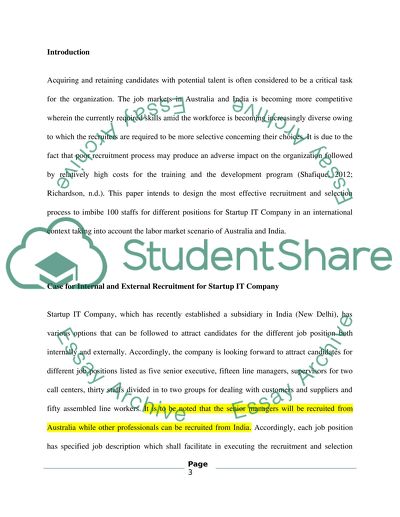Cite this document
(“International HR Management in Australia and India Case Study”, n.d.)
International HR Management in Australia and India Case Study. Retrieved from https://studentshare.org/human-resources/1477761-international-hr-management-in-australia-and-india
International HR Management in Australia and India Case Study. Retrieved from https://studentshare.org/human-resources/1477761-international-hr-management-in-australia-and-india
(International HR Management in Australia and India Case Study)
International HR Management in Australia and India Case Study. https://studentshare.org/human-resources/1477761-international-hr-management-in-australia-and-india.
International HR Management in Australia and India Case Study. https://studentshare.org/human-resources/1477761-international-hr-management-in-australia-and-india.
“International HR Management in Australia and India Case Study”, n.d. https://studentshare.org/human-resources/1477761-international-hr-management-in-australia-and-india.


